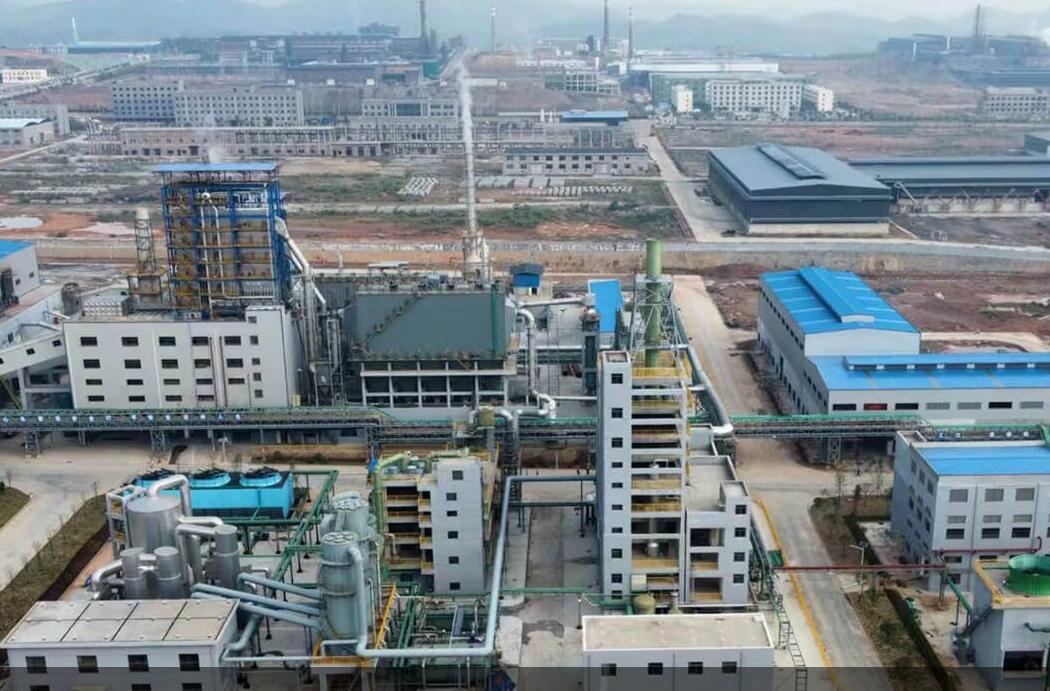Jan. 07, 2025
The lead recycling industry refers to the economic activities that specifically recover and reuse lead from discarded lead products or scrap lead materials. Lead is extracted through physical, chemical or smelting methods and used to produce recycled lead or lead alloys. The development of the lead recycling industry not only helps reduce resource waste and environmental pollution, but also meets the needs of lead and its alloys in various industrial and commercial applications, promoting sustainable development and resource recycling.
Key Drivers of Recycled Lead Market
In 2023, China's reproduction output will account for more than 50% of total lead output. Although my country's recycled lead production has achieved rapid growth in recent years, and the proportion of recycled lead in total production is also constantly increasing, there is still a significant gap compared with developed countries in the world. For example, the production proportion of recycled lead in the United States accounts for more than 92%, and Europe also exceeds 80%. This data shows that my country's recycled lead industry still has huge development potential and room for growth in the future. By learning and drawing on advanced international experience and improving technical levels and management efficiency, my country's recycled lead industry is expected to further narrow the gap and achieve high-quality development. The rapid development of electric vehicles and electric two-wheelers has increased the demand for lead batteries, making recycling and reuse of used batteries critical. With the expansion of the electric vehicle market, the lead recycling industry is facing huge market demand and growth potential, providing an important driving force for industry development. The world is paying increasing attention to environmental protection. The strict environmental protection regulations and policy support implemented by the government, such as restricting new lead mining and promoting the recycling of waste resources, have provided a good policy environment and market opportunities for the lead recycling industry.

Major Obstacles to the Recycled Lead Market
Related articles:As new projects of recycled lead companies in most provinces in China are put into production one after another, the market demand for used batteries continues to increase. The gap between supply and demand for used batteries is widening, the recycling bidding model is more common, and the recycling price of used batteries is high. The continuous release of new production capacity of primary lead and recycled lead has exerted certain pressure on the recycled lead market. Recycled lead companies are facing more market competition and cost control pressure. Under the new supply and demand pattern, the high price of raw materials for recycled lead has compressed the overall profit margin of the industry, and the industry's gross profit margin has declined to a certain extent. Compared with formal channel recycling channels, informal recycling channels are not subject to factors such as equipment investment, factory construction, and cost. In most cases, small workshops engaged in illegal lead smelting simply dismantle used lead-acid batteries, retain the lead plates with high residual value for recycling, and use them to refine lead ingots. At the same time, they dump the lead-containing acid solution directly into the soil or rivers. The waste gas, waste water and waste residue generated in the air are directly discharged without treatment, which can easily cause safety hazards to the human body and the ecological environment.
Development opportunities for lead recycling industry
Waste lead-acid batteries contain 74% lead plates, 20% sulfuric acid and 6% plastic. The advanced technology level can achieve a reuse rate of 98%, making lead-acid battery recycling highly profitable. Some domestic lead-acid battery manufacturers have begun to deploy in this field. Chaowei Group has in-depth cooperation with Jinyang Company to standardize the recycling process and recycling channels of used batteries and realize the integration of the industrial chain. Chaowei Group takes technology as a breakthrough point and continuously develops energy-saving and environmentally friendly technologies such as "Atomic Economic Lead Recycling". Narada Power acquired 51% of Huabo Technology for approximately 316 million yuan and entered the lead recycling field. In addition, companies such as Tianneng Group are also actively developing the lead-acid battery recycling industry. By leveraging existing sales networks and technological innovation, these companies have built efficient lead recycling and sales channels to promote resource recycling and improve environmental benefits. The government's environmental support policies actively promote market expansion. The "Interim Measures for the Management of Lead-Acid Battery Recycling and Utilization (Draft for Comments)" released in 2019 proposed that the standardized recycling rate should reach more than 60% by the end of 2025, and encouraged lead-acid battery production companies and recycling companies to form a consortium. This policy will standardize the recycling of used lead-acid batteries, reduce environmental pollution, and promote high-quality development of the industry. As technology advances, the market size will grow steadily. Although fire treatment of used lead-acid batteries is effective, the equipment costs are high and dust is easily generated. Leading companies are studying hydrosmelting to improve processing efficiency and reduce costs, and applications will be more widespread in the future.
Previous: None
Next: None
If you are interested in sending in a Guest Blogger Submission,welcome to write for us!
All Comments ( 0 )